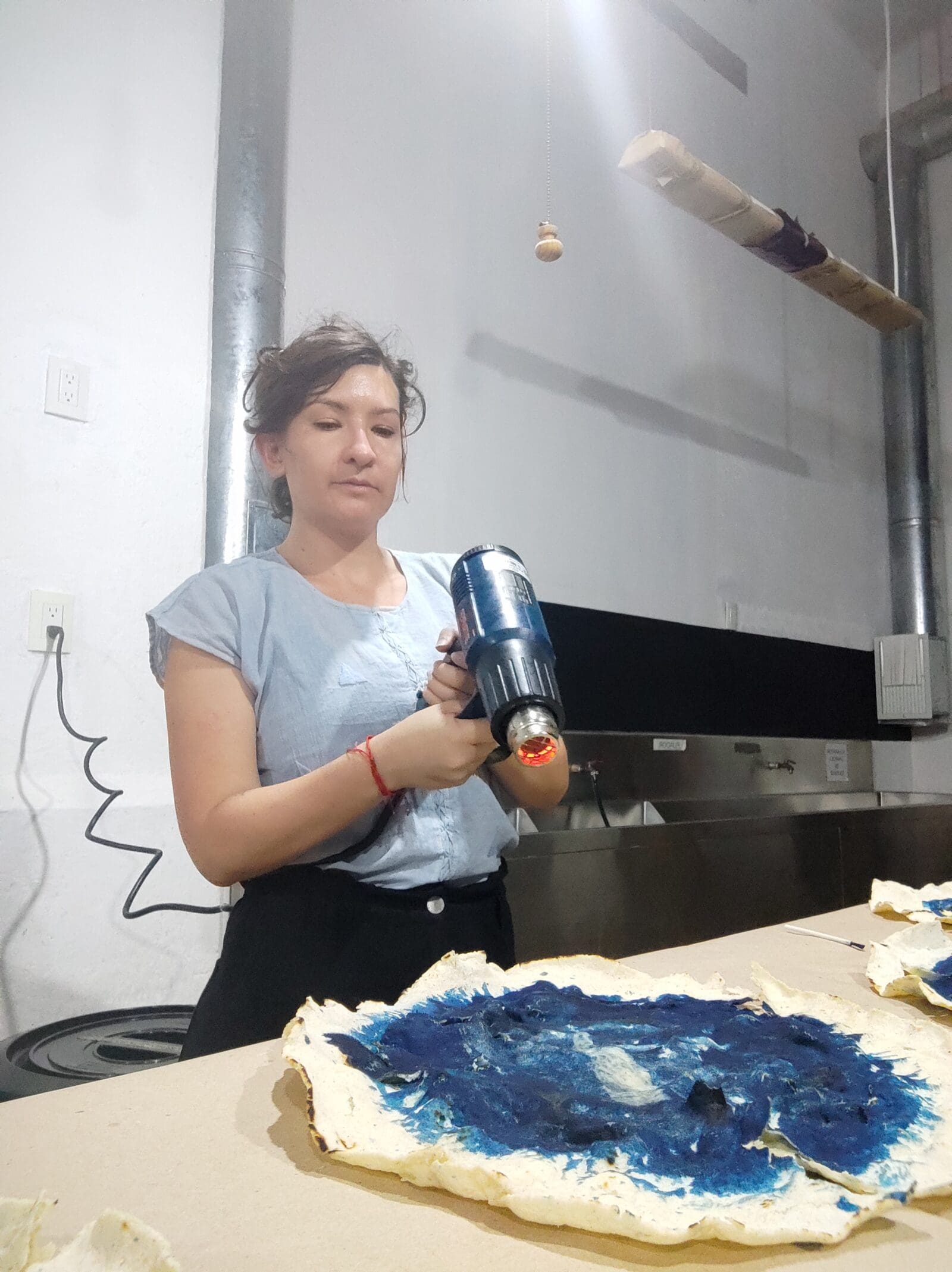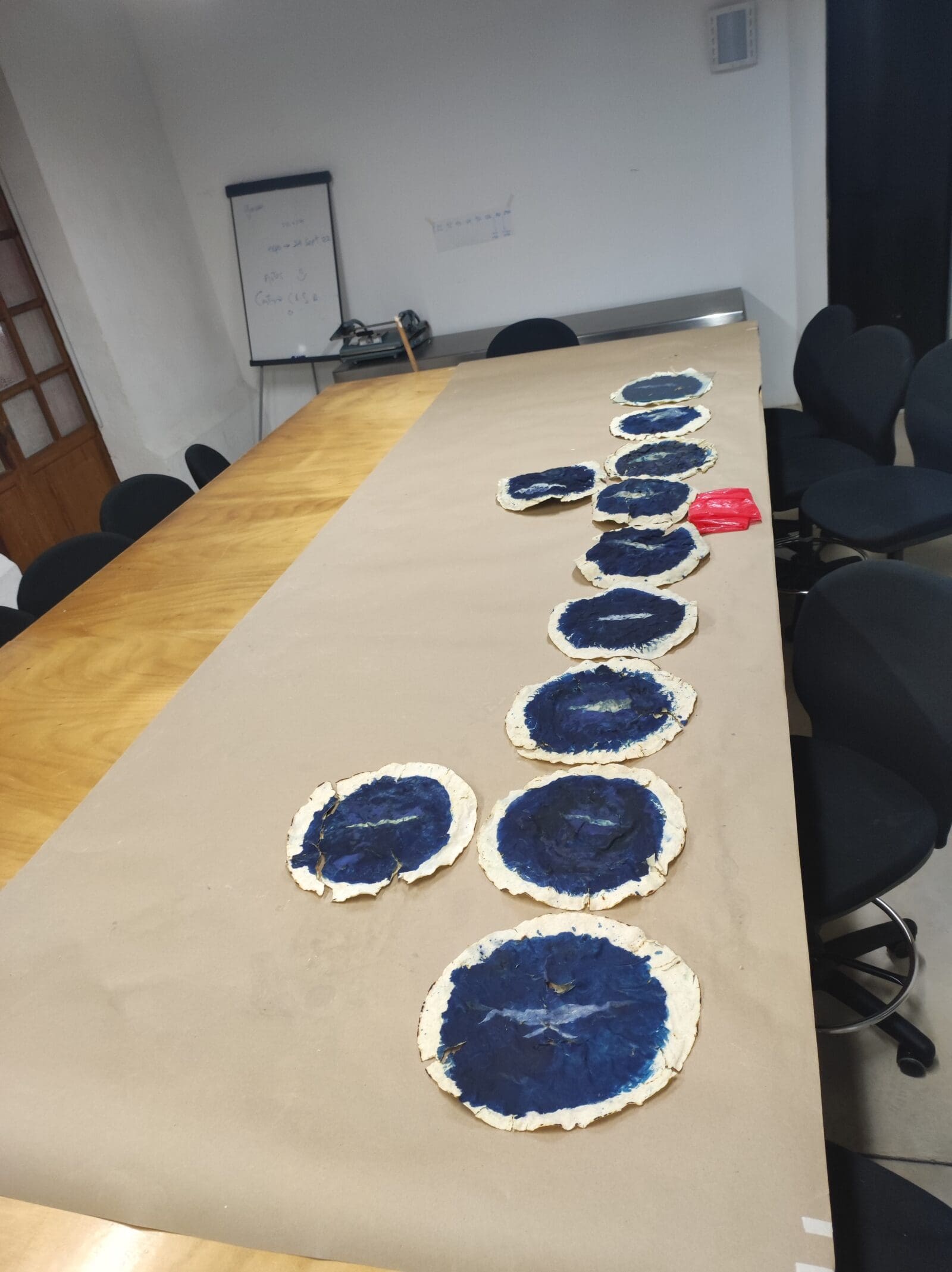HUMO, SEMILLA, RAÍZ (FUME, ROOT, SEED)
Humo, Semilla, Raíz (Fume, root, seed) is the synthesis of a long-term visual research project I carried out between 2017 and 2022 on the preservation of agro-biodiversity in the territories of Latin America.
The project assembles the main factors affecting the loss of agro-biodiversity in this region. 75% of the food we used to eat has been lost in the world already, and colonisation, forced displacements, inequity in land distribution, monocultures, and agri-business all have a part to play in this loss of diversity.
Counterposing this, my research also portrays examples of communities that resist and protect knowledge and seed varieties from several fronts, and illustrates how relationships with the land, the evocation of memory, community ties, and ancestral flavours and knowledge are also examples of resistance and preservation. In a world that denies the legitimacy of Indigenous knowledge and alienates traditional ways of relating to the land, generating conversations around this theme is highly relevant. This project explores the impact of agriculture on the culture and its actors, and aims to understand and articulate the diversity within a vast territory, which is home to many distinct and overlapping cultural histories.
The work itself is presented in various imaging formats, from digital to film, video and drawing, as well as images that explore the tangibility and temporality of the medium. Through this multiplicity the viewer is able to understand the image as having a wide range of discursive possibilities, which has been a key focus in my work throughout my career.
The project is composed of four chapters created in different territories:
Ra’yi, Paraguay (2017)
Muyu Lab, Ecuador (2020)
Blood is a seed, Colombia (2021)
Then we tamed the fire, Mexico (2022).
This project has been possible thanks to the support of Magnum Foundation, Marilyn Stafford Award, Joop Swart Masterclass, the Goethe-Institut, and the Prince Claus Fund. It is always a collective process. I want to thank Michelle Gachet, Oliverio Romero, Greg Chávez, Mayeli Villalba, and Freddy Salazar.
Ra’yi, Paraguay 2017
Ra’yi (meaning seed in Guarani) portrays, in a subjective and symbolic manner, women peasants who fight inequality in the agricultural business in Paraguay, one of the most inequitable territories in Latin America with regards to land distribution: the wealthiest 2.5% of the population owns 85% of the productive land, and the peasants use only 6.4% of all arable land. This is not enough to supply crops to the whole country. The few who can produce have great difficulty in selling products because there are no adequate roads or transportation.
However, there are particular initiatives and social organisations that fight to resist from within: seed guards that preserve native seeds and volunteers who help empower and organise women to grow and distribute agro-ecological products in Asuncion, the country’s capital.
Muyu Lab, Ecuador 2020
This documentary series explores the efforts for the conservation of agro-biodiversity in Ecuador from two points of view: the scientific and the ancestral.
Crop diversity is crucial in guaranteeing long-term food security, yet this diversity is declining at alarming rates. According to the UN’s Food and Agriculture Organization, since the 1900s some 75% of plant genetic diversity has been lost as farmers worldwide have abandoned their multiple local varieties and landraces for genetically uniform, high-yielding varieties.
In Ecuador, there are initiatives to curb this erosion. Ancestral communities have been preserving, domesticating, exchanging, and improving seeds for generations, and the national germplasm bank in Quito houses more than 28,000 accessions to generate the strongest seeds without genetic modification, as well as to preserve and categorise them in controlled environments.
Despite sharing the same objective, these two worlds don’t often engage with each other. Scientists focus on the food security of future generations, trying to iron out the indicators of world hunger by forcing nature to produce at maximum capacity, while the medicine women of Imbabura tell me that they use seeds for healing, that the variety in colour ensures that we can cure ourselves. Its conservation is therefore linked to guaranteeing food and cultural sovereignty.
La sangre es una semilla “Blood is a seed, Colombia” 2021
The video is narrated by my father and me, and is informed by my father’s memory, as well as our own perceptions of the transformations experienced by small farmers over the last three generations. My father emigrated in 1981 in search of better opportunities and to escape the violence that Colombia was facing in those years.
The video is composed of digital and film photographs, some of which were taken on expired 35 mm film and later drawn on by my father. On a journey to our ancestral village of Une, Cundinamarca, I hoped to learn about our history and explore the forgotten memories of the land and crops. I also wanted to learn about my grandfather and great-grandmother who were “seed guardians,” and cultivated several potato varieties. Today only two potato varieties are consumed in Une.
Although the project is an exploration of the past, it engages with contemporary techniques –– playing with the parallels between genetic codes and binary codes of digital photographs –– in order to preserve this ancient knowledge for the future.
Luego domamos el Fuego (“Then we tamed the fire”),
Mexico 2022
The final chapter of this series explores humanity’s relationship with the uses of domesticated plants and seeds. This relationship is broad: from our need to find pleasure in their flavours, the aesthetic pleasure of ornamentation and decoration, to the nutrients our bodies require, the medicines that heal our pain, and the mystical experiences they provide..
In Oaxaca, Mexico, this tradition dates back thousands of years. The first seeds domesticated by humans belonging to gourds and Teocintle (the first ear from which corn was domesticated) were found in caves in this territory. The daily consumption of creole varieties prevails thanks to the deep connection between its inhabitants and the millenary ancestry of the diverse communities that still subsist in this state.
The symbolism of the “people of corn” is present across all social and cultural spheres in the region. The work addresses this relationship in conversation with traditional cooks and agro-ecological farmers. Corn is a food that could not grow without human intervention: every year Mexicans consume 33 million tonnes of it, and in Oaxaca there are only two dishes that do not contain it as an ingredient. It begs the question: Who domesticated who?
My contributions to this publication function as a window onto this research, and include testimonies and images from the field as well as serving as a documentation of my process.
This project has been possible thanks to the support of Magnum Foundation, Marilyn Stafford Award, Joop Swart Masterclass, the Goethe-Institut, and the Prince Claus Fund. It is always a collective process. I want to thank Michelle Gachet, Oliverio Romero, Greg Chávez, Mayeli Villalba, and Freddy Salazar.
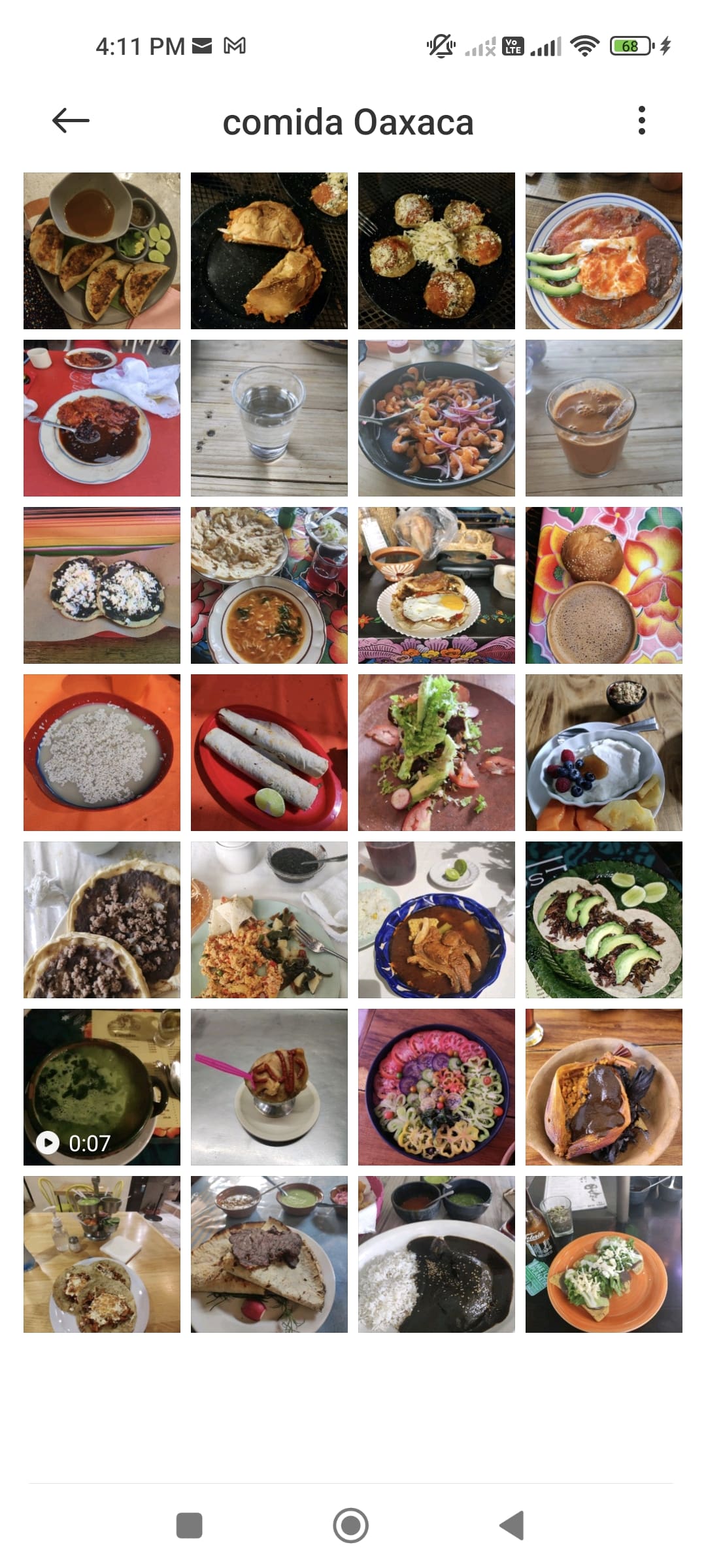
Process of Luego domamos el Fuego (“Then we tamed the fire”)
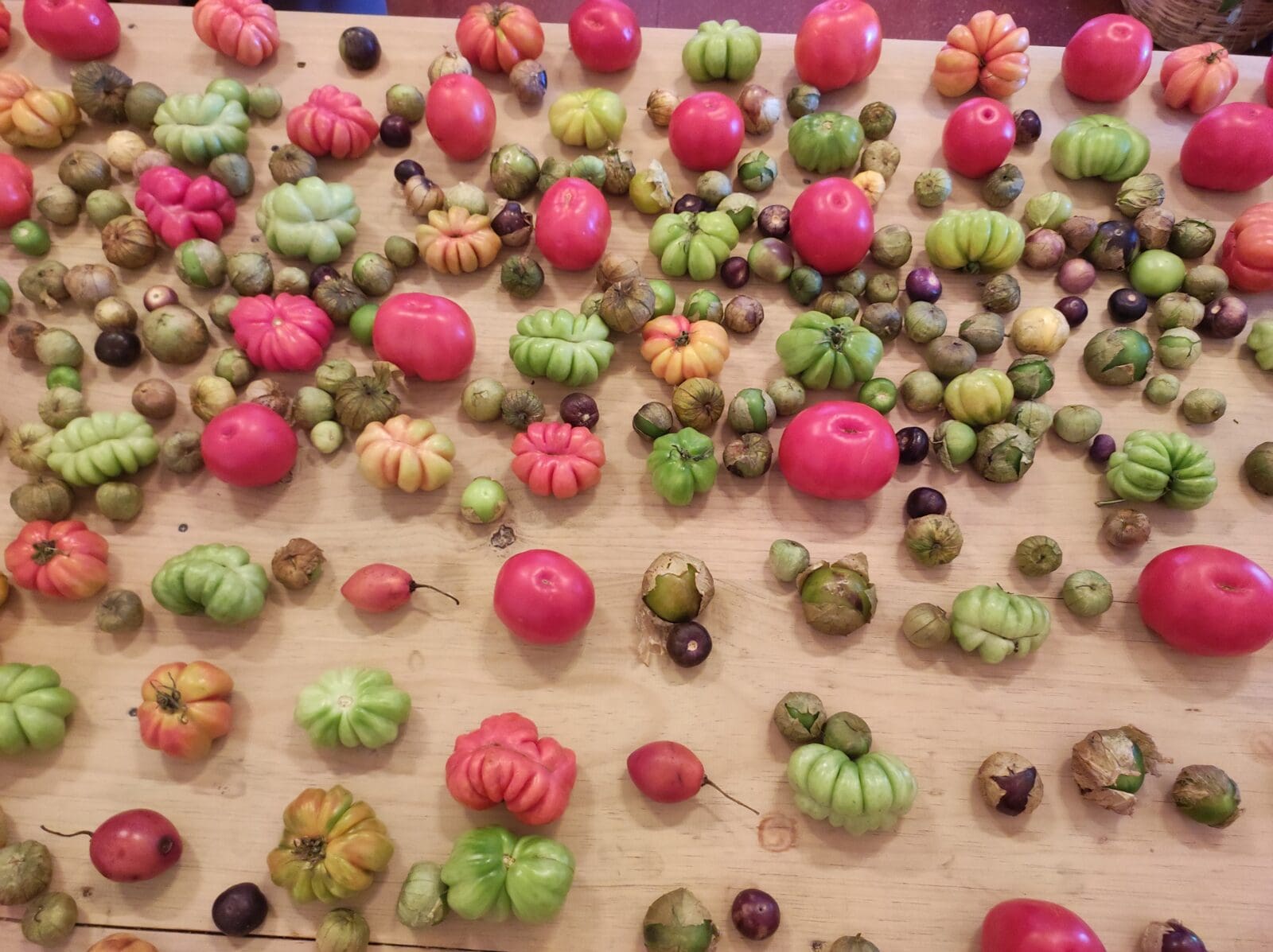
“Cuando sembramos nuestro cuerpo ya está ligado al grano, luego se reza hacia el cielo para que crezca bien. Sembrar es una unión de cuerpo y espíritu.”
“When we sow, our bodies are connected to the grain. Then we pray to heaven so it grows well. Sowing is a union of body and spirit.”
Samuel Bautista, artisan and farmer from Teotitlán del Valle, Oaxaca.

“Yo no elegí ser cocinera, me tocó por ser mujer. Siempre fue mal pago y mal visto hasta ahora que hay una revalorización pero con ella el robo de conocimiento al as comunidades.”
“I didn’t choose to become a cook, I had to because I was a woman. Until recently it was poorly paid and frowned upon, but now we are seeing a surge in interest. And with it comes the theft of knowledge from the communities.”
Catalina Lucas, traditional cook of Oaxaca

“A veces cocino con gran dolor, hay que poner mucho sentimiento en la cocina sino no aparecen los sabores.”
“Sometimes I cook with great pain. You have to put a lot of feeling in the kitchen, otherwise the flavours do not appear.”
Catalina Lucas, traditional cook of Oaxaca
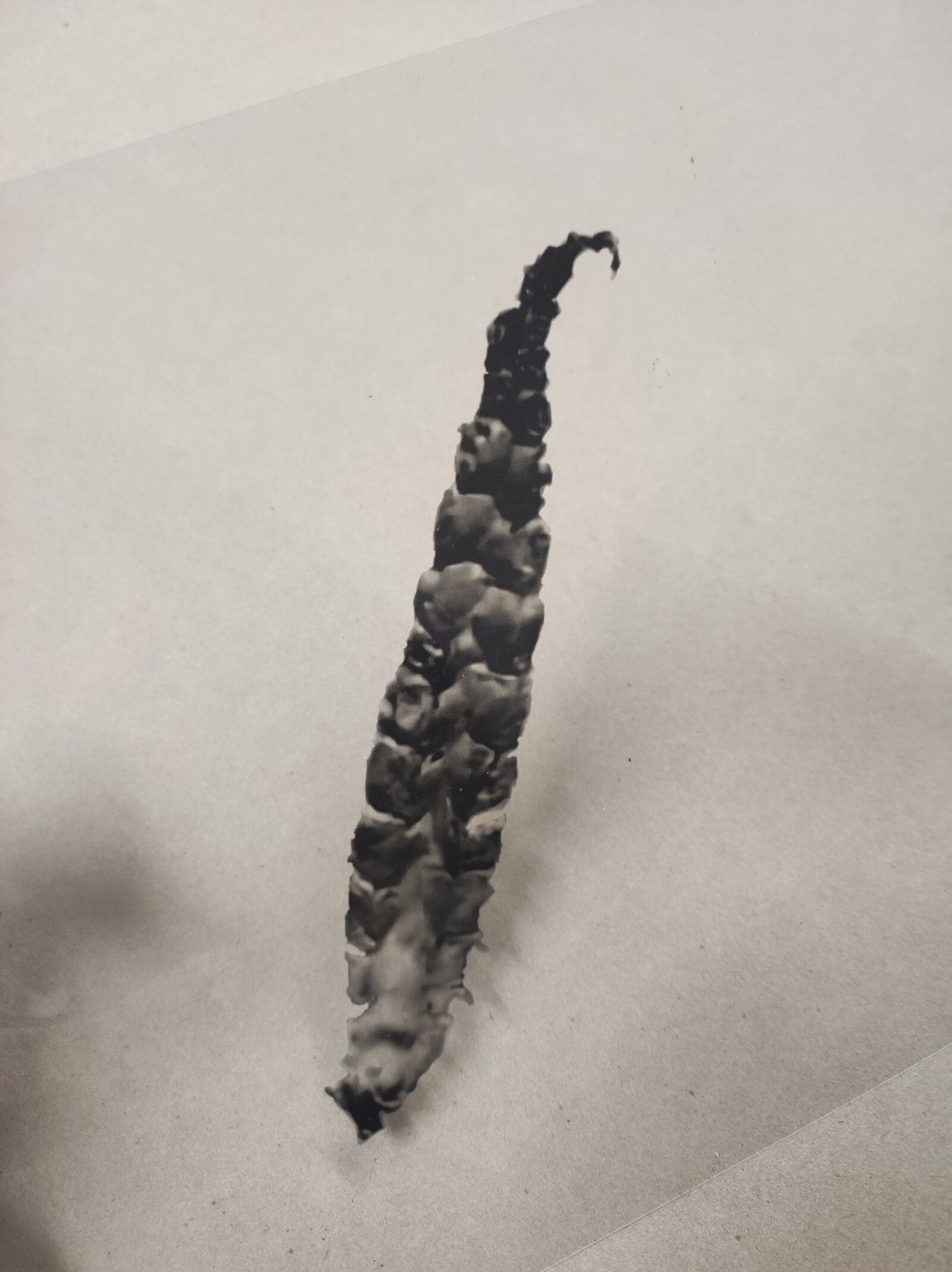
“La semilla es el máximo de energía en el mínimo de materia.”
“The seed provides maximum energy in minimal matter.”
Ricardo Barrios, Agricultor Mexicano (Mexican farmer)

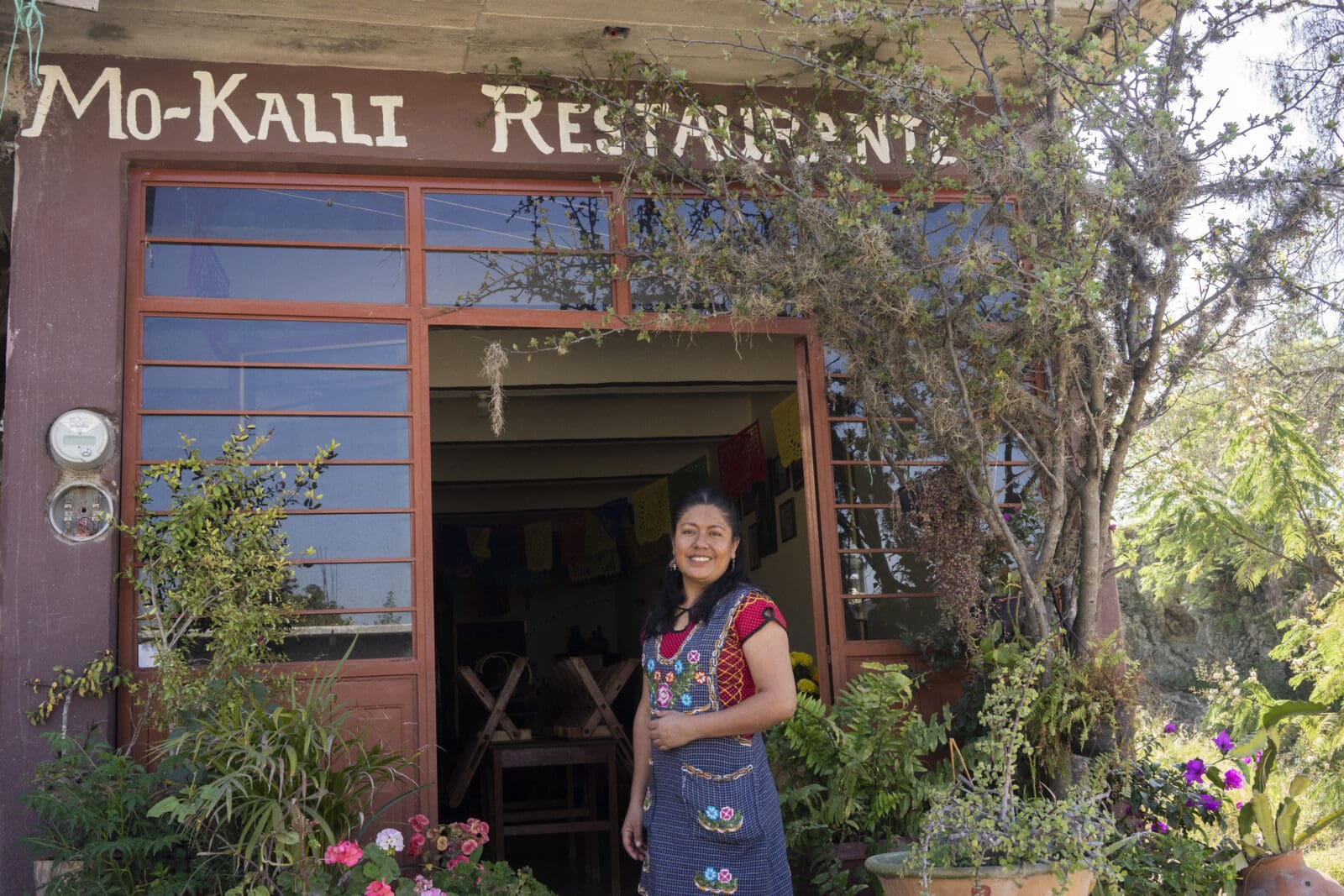
“Antes nadie quería vernos, teníamos que salir por la puerta de atrás, ahora ya quieren mirarnos y reconocernos.”
“Before, nobody wanted to see us; we had to go out the back door. Now they want to look at us and acknowledge us.”
Catalina Lucas, traditional cook of Oaxaca


“Nosotros como agricultores orgánico cultivamos suelo, no plantas.”
“We, as organic farmers, cultivate soil –– not plants.”
Ricardo Barrios, Agricultor Mexicano (Mexican farmer)
